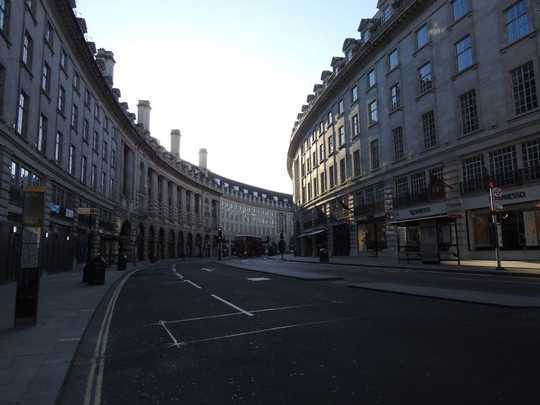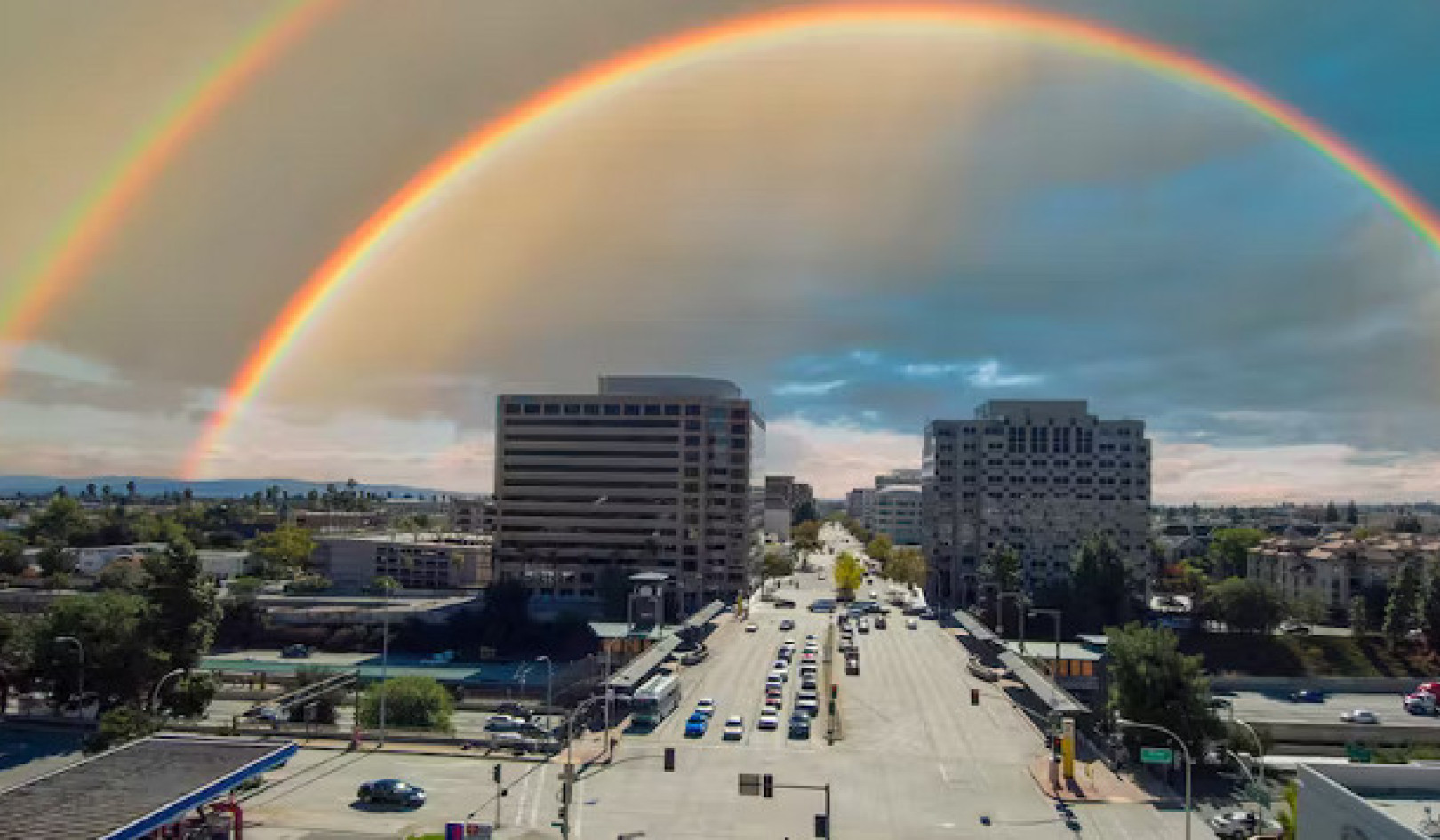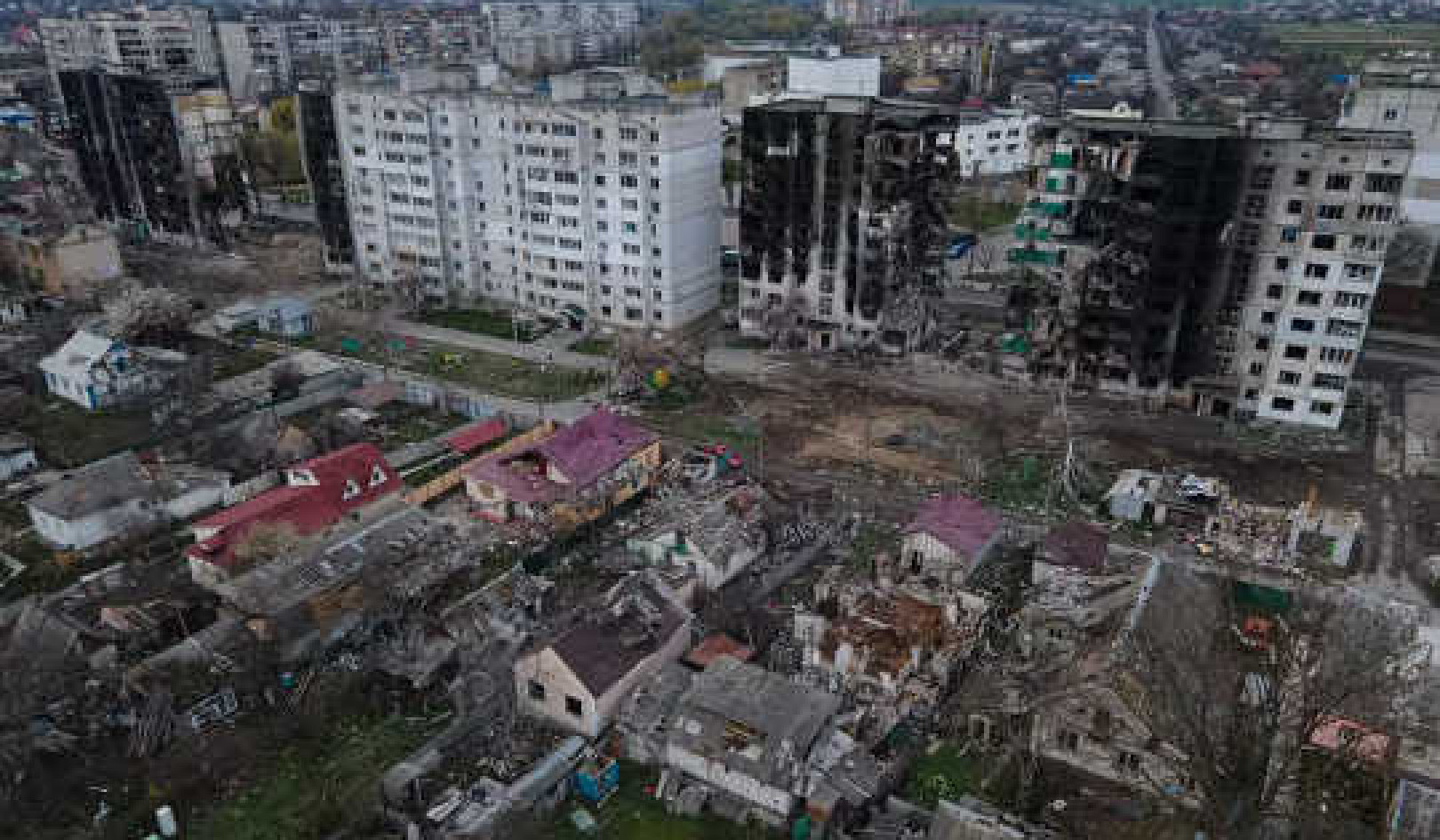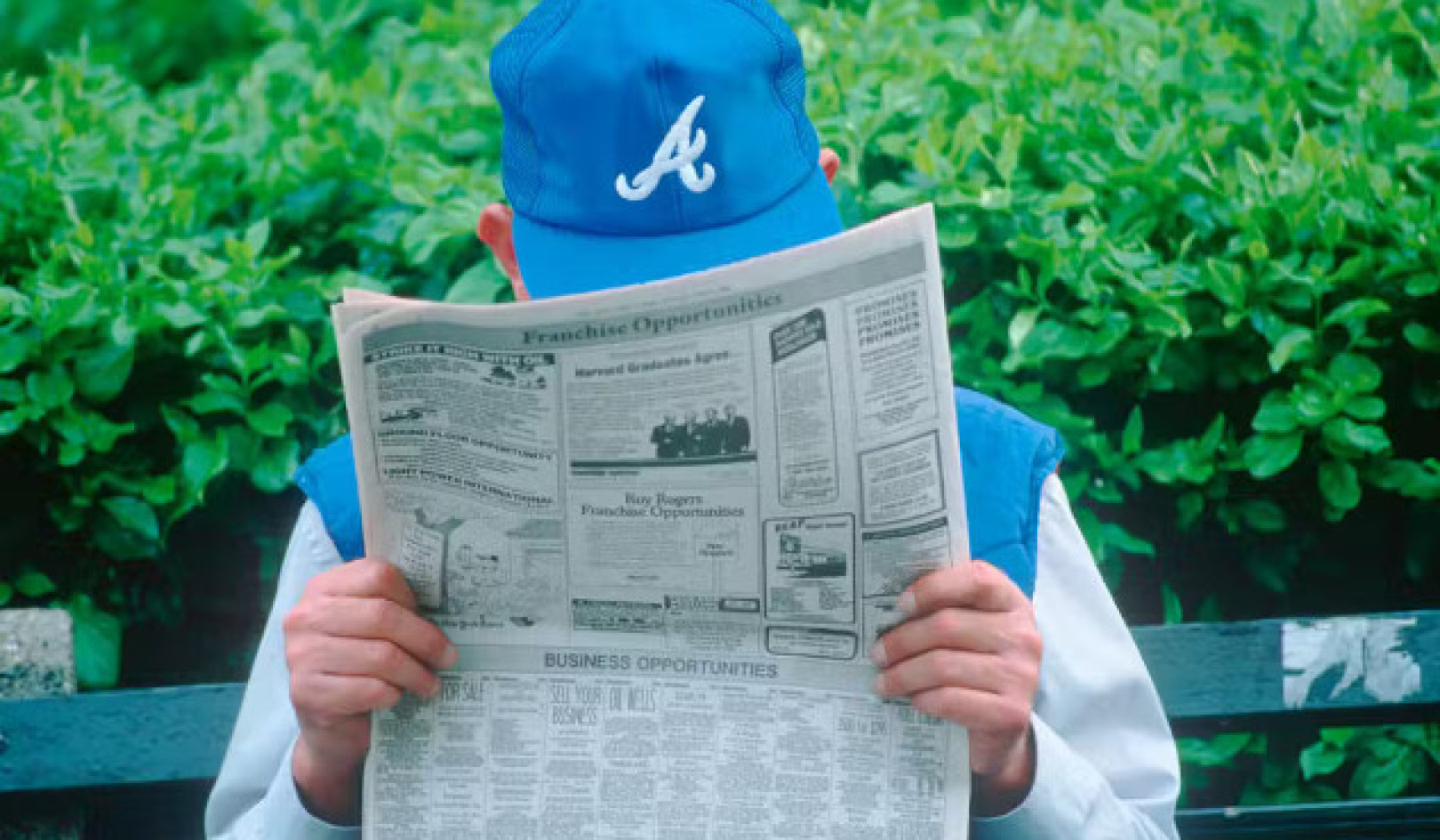 Oxford Circus without shoppers. Shutterstock/heardiniondon
Oxford Circus without shoppers. Shutterstock/heardiniondon
As coronavirus spreads across the world, politicians are confusing the current economic situation with a recession. The current decline in production and employment is not due to declining demand or supply, as is normally the case in a recession spiral.
Rather, it is because governments are shutting down vast swathes of the economy. It is their reactive policies which will take us into a recession that we can avoid.
An extreme hypothetical example will help clarify this. Consider a government mandate to shut all businesses on one random Tuesday for a holiday. People are asked to stay home. What happens on Wednesday? There is no significant economic impact. Employees, consumers and businesses start on Wednesday where they left off on Monday.
We could even imagine this market closure or “economic pause” being extended to two or three days, still with no significant impact. Indeed, the market closure could go on as long as consumers, employees, and businesses are able to go into a state of “suspended economic animation”. Everyone significantly reduces their economic activity, but, critically, maintains their ability to restart their economic activities where they left off.
An overly long market closure would lead us into a recession. Consumers wouldn’t be able to pay their rents and mortgages, and there would be chain reactions of unpaid bills across the economy. This in turn would reduce demand and businesses, in turn, would fire employees. We would be in a recession spiral.
To avoid this, there does need to be government intervention. Governments need to ensure that consumers, employees and businesses don’t degenerate during this state of suspended animation. They must be able to start up after the market closure where they left off before.
A different kind of crisis
Unfortunately, too many of our generals are fighting the last war. The mistaken approach currently being pursued in the US and some other countries is to simply try to inject vast sums into the economy. This is what worked in the 2008-09 recession. It is a sound approach when a supply or demand shock or slowdown leads to “normal” recession conditions. But not today.
For example, policy makers are being asked to spend a fortune keeping airlines afloat. Is this going to increase demand? No, people aren’t flying. Do do we even need many planes flying at the moment? No.
Instead, what is likely to happen is that the airlines will simply fire employees they don’t need, not fly empty planes, and then pocket the cash. Those fired employees will stop spending, go into mortgage default, reduce consumption, and our recessionary spiral will ensue.
Similarly, will the proposed US$1,000 (£766) citizen handout really provide enough money to cover rents and mortgages and food and other bills for six or 12 months, considering the ten million jobless claims filed over the last few weeks? It is a huge government outlay, but it won’t suffice.
Pressing the pause button
Four targeted policies, taken together – some of which are being adopted in parts of the world – can ensure a swift economic restart:
- Put a “pause” across the economy, specifically on all money owed, including rents and mortgages;
- Require companies to furlough rather than fire employees, and to restart their salaries when the business restarts;
- Ensure that individuals have enough income to cover sustenance needs like food and medical care;
- Provide financial support for businesses to ensure they do not go bankrupt while in the state of “suspended animiation”.
Policies 1 and 2 are the critical “suspended animation” policies, because right now we need action which ensures businesses don’t fire workers and don’t go into bankruptcy. We need to provide these businesses with the ability to start up again (on the hypothetical Wednesday) once the crisis has passed. Similarly, we need employees and consumers to avoid default on their rents, mortgages and other bills.
 The one to press. Shutterstock/NikomMaelao Production
The one to press. Shutterstock/NikomMaelao Production
For instance, Camille, the restaurateur down the street from me, worries that all the investment in her restaurant that she opened two years ago – the building of the kitchen, the remodelling and furnishing -— is about to be wiped out because she can’t afford rent payments while the doors are closed.
But if she could get a “pause” on her mortgage payments and get some basic income to survive, she could wait out this crisis and start up the restaurant immediately afterwards. Her employees, if given a pause in their rent payments and a basic living subsidy, could also wait out the storm without fear of homelessness, and come back to work.
Enacting “suspended animation” policies also reduces the government burden because there are fewer bills that it needs to subsidise. This reduction of bills will give the government more breathing room to support the paused economy for a longer period of time.
Some countries are moving in this direction, particularly around housing security. Italy has taken a half-step in this direction by suspending mortgage payments. The UK has put a three-month de facto rent delay and a mortgage holiday for affected property owners, and is promising to pay up to 80% of workers’ salaries. Even the Housing Policy Council, a trade association of the nation’s leading mortgage originators, is proposing a mortgage payment forbearance for three to 12 months.
Of course, there are no perfect solutions, but conceiving the problem as one of an “economic pause” rather than a recession will direct policy makers to smarter solutions.
By implementing policies which recognise that a state of suspended animation is not the same as a standard recession spiral, everyone can go back to work on a relatively normal Wednesday – in the hopefully not too distant future.![]()
About The Author
Michael Yaziji, Professor of Strategy and Leadership, International Institute for Management Development (IMD)
This article is republished from The Conversation under a Creative Commons license. Read the original article.
Recommended books:
Capital in the Twenty-First Century
by Thomas Piketty. (Translated by Arthur Goldhammer)
 In Capital in the Twenty-First Century, Thomas Piketty analyzes a unique collection of data from twenty countries, ranging as far back as the eighteenth century, to uncover key economic and social patterns. But economic trends are not acts of God. Political action has curbed dangerous inequalities in the past, says Thomas Piketty, and may do so again. A work of extraordinary ambition, originality, and rigor, Capital in the Twenty-First Century reorients our understanding of economic history and confronts us with sobering lessons for today. His findings will transform debate and set the agenda for the next generation of thought about wealth and inequality.
In Capital in the Twenty-First Century, Thomas Piketty analyzes a unique collection of data from twenty countries, ranging as far back as the eighteenth century, to uncover key economic and social patterns. But economic trends are not acts of God. Political action has curbed dangerous inequalities in the past, says Thomas Piketty, and may do so again. A work of extraordinary ambition, originality, and rigor, Capital in the Twenty-First Century reorients our understanding of economic history and confronts us with sobering lessons for today. His findings will transform debate and set the agenda for the next generation of thought about wealth and inequality.
Click here for more info and/or to order this book on Amazon.
Nature's Fortune: How Business and Society Thrive by Investing in Nature
by Mark R. Tercek and Jonathan S. Adams.
 What is nature worth? The answer to this question—which traditionally has been framed in environmental terms—is revolutionizing the way we do business. In Nature’s Fortune, Mark Tercek, CEO of The Nature Conservancy and former investment banker, and science writer Jonathan Adams argue that nature is not only the foundation of human well-being, but also the smartest commercial investment any business or government can make. The forests, floodplains, and oyster reefs often seen simply as raw materials or as obstacles to be cleared in the name of progress are, in fact as important to our future prosperity as technology or law or business innovation. Nature’s Fortune offers an essential guide to the world’s economic—and environmental—well-being.
What is nature worth? The answer to this question—which traditionally has been framed in environmental terms—is revolutionizing the way we do business. In Nature’s Fortune, Mark Tercek, CEO of The Nature Conservancy and former investment banker, and science writer Jonathan Adams argue that nature is not only the foundation of human well-being, but also the smartest commercial investment any business or government can make. The forests, floodplains, and oyster reefs often seen simply as raw materials or as obstacles to be cleared in the name of progress are, in fact as important to our future prosperity as technology or law or business innovation. Nature’s Fortune offers an essential guide to the world’s economic—and environmental—well-being.
Click here for more info and/or to order this book on Amazon.
Beyond Outrage: What has gone wrong with our economy and our democracy, and how to fix it -- by Robert B. Reich
 In this timely book, Robert B. Reich argues that nothing good happens in Washington unless citizens are energized and organized to make sure Washington acts in the public good. The first step is to see the big picture. Beyond Outrage connects the dots, showing why the increasing share of income and wealth going to the top has hobbled jobs and growth for everyone else, undermining our democracy; caused Americans to become increasingly cynical about public life; and turned many Americans against one another. He also explains why the proposals of the “regressive right” are dead wrong and provides a clear roadmap of what must be done instead. Here’s a plan for action for everyone who cares about the future of America.
In this timely book, Robert B. Reich argues that nothing good happens in Washington unless citizens are energized and organized to make sure Washington acts in the public good. The first step is to see the big picture. Beyond Outrage connects the dots, showing why the increasing share of income and wealth going to the top has hobbled jobs and growth for everyone else, undermining our democracy; caused Americans to become increasingly cynical about public life; and turned many Americans against one another. He also explains why the proposals of the “regressive right” are dead wrong and provides a clear roadmap of what must be done instead. Here’s a plan for action for everyone who cares about the future of America.
Click here for more info or to order this book on Amazon.
This Changes Everything: Occupy Wall Street and the 99% Movement
by Sarah van Gelder and staff of YES! Magazine.
 This Changes Everything shows how the Occupy movement is shifting the way people view themselves and the world, the kind of society they believe is possible, and their own involvement in creating a society that works for the 99% rather than just the 1%. Attempts to pigeonhole this decentralized, fast-evolving movement have led to confusion and misperception. In this volume, the editors of YES! Magazine bring together voices from inside and outside the protests to convey the issues, possibilities, and personalities associated with the Occupy Wall Street movement. This book features contributions from Naomi Klein, David Korten, Rebecca Solnit, Ralph Nader, and others, as well as Occupy activists who were there from the beginning.
This Changes Everything shows how the Occupy movement is shifting the way people view themselves and the world, the kind of society they believe is possible, and their own involvement in creating a society that works for the 99% rather than just the 1%. Attempts to pigeonhole this decentralized, fast-evolving movement have led to confusion and misperception. In this volume, the editors of YES! Magazine bring together voices from inside and outside the protests to convey the issues, possibilities, and personalities associated with the Occupy Wall Street movement. This book features contributions from Naomi Klein, David Korten, Rebecca Solnit, Ralph Nader, and others, as well as Occupy activists who were there from the beginning.
Click here for more info and/or to order this book on Amazon.























